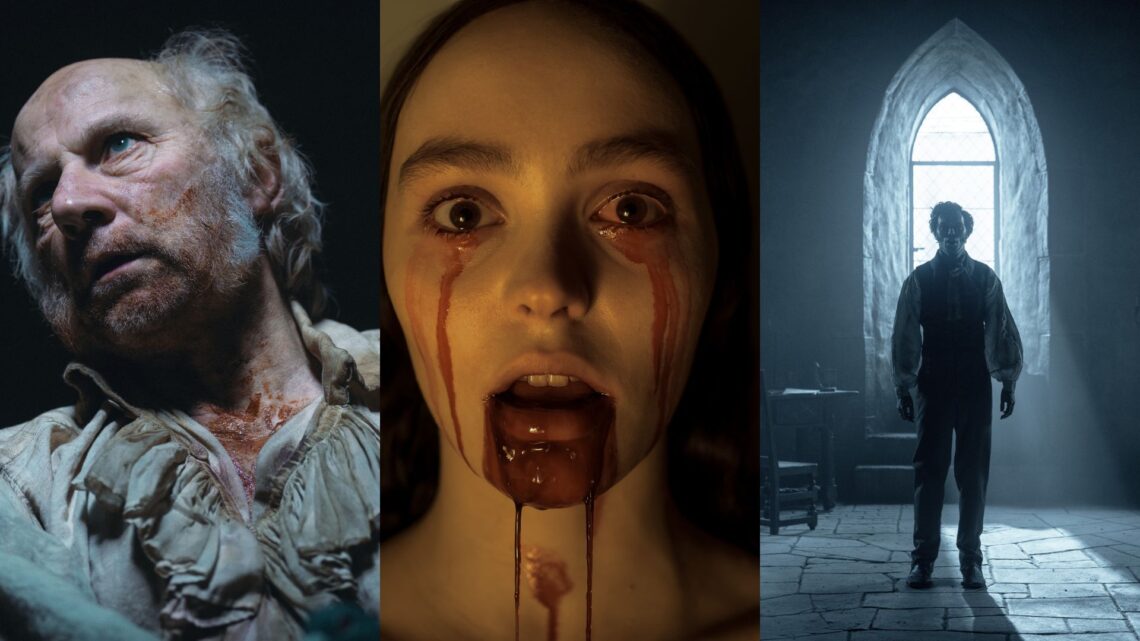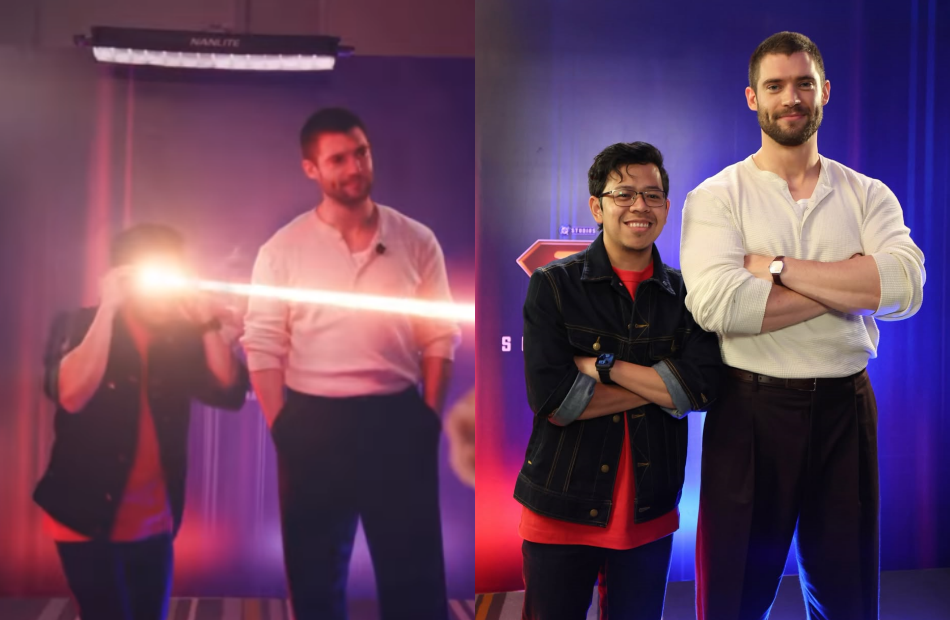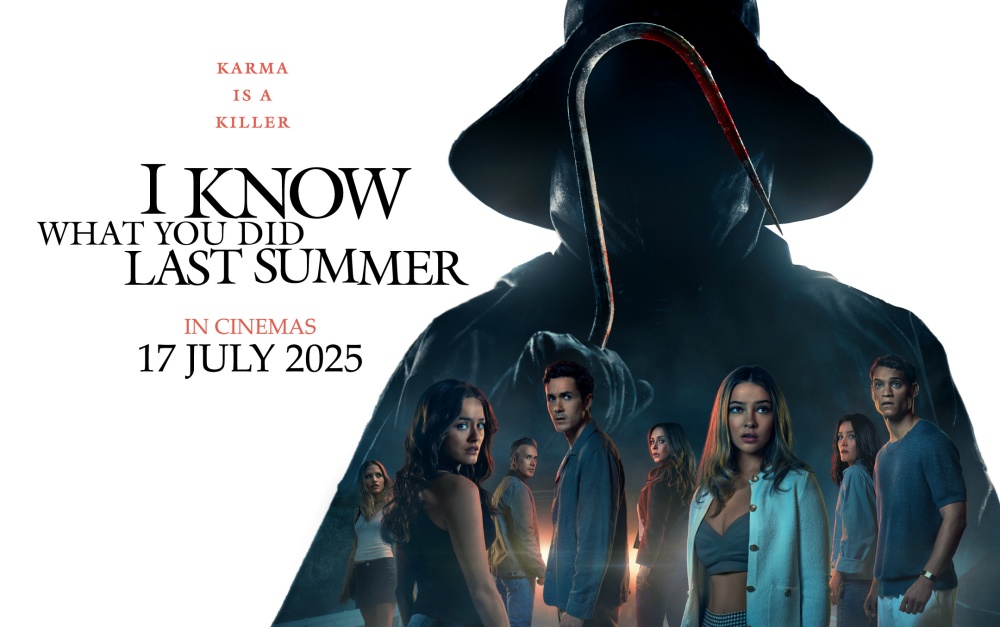The OG has finally goosestepped its way back to the cinema hall. For fans of vintage horror, or who watched Spongebob as a child, you know about the bucktoothed bloodsucker and its cinematic significance. Which is why there was a frenzy when news that the historic vampire was making his way back to the big screen reached the public’s attention – doubly so when it was announced that modern horror mastermind Robert Eggers would be helming the film.
Eggers, as with his previous works, takes us to the past – this time, 1838 Germany – to explore a world that is slowly embracing science and technology. However, this is immediately put to the test against a monstrous demonic force that not only seeks carnal pleasures, but also intends to send humanity back into the dark ages.
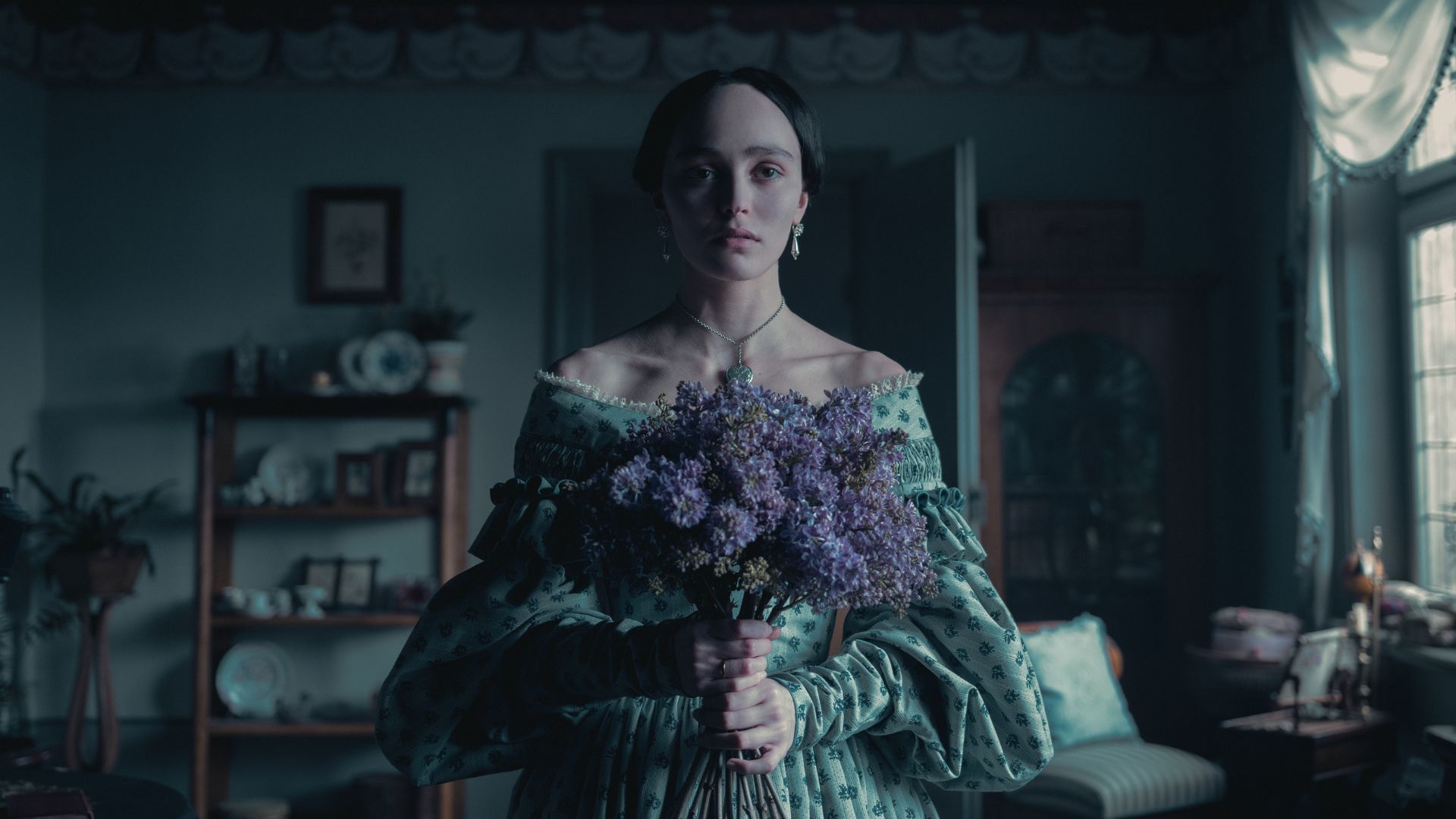
The story begins with a prayer from our main girl, Ellen, an isolated woman who has been craving any and all forms of connection to ease her loneliness. Unfortunately, rather than an angel, the devil comes knocking, whom she still welcomes with open arms. From then on, she is immersed in a world of nightmares and pleasure until she meets and marries Thomas Hutter, a caring man who accepts Ellen despite her past actions.
Though it has been years since her dance with the devil, Ellen is still relentlessly plagued by freakish nightmares, something that only worsens when Thomas receives a lucrative deal from Orlok, a mysterious member of nobility all the way in Transylvania. What could have been a simple deal spiralls into a city-wide plague as the Nosferatu claims his rightful bride.
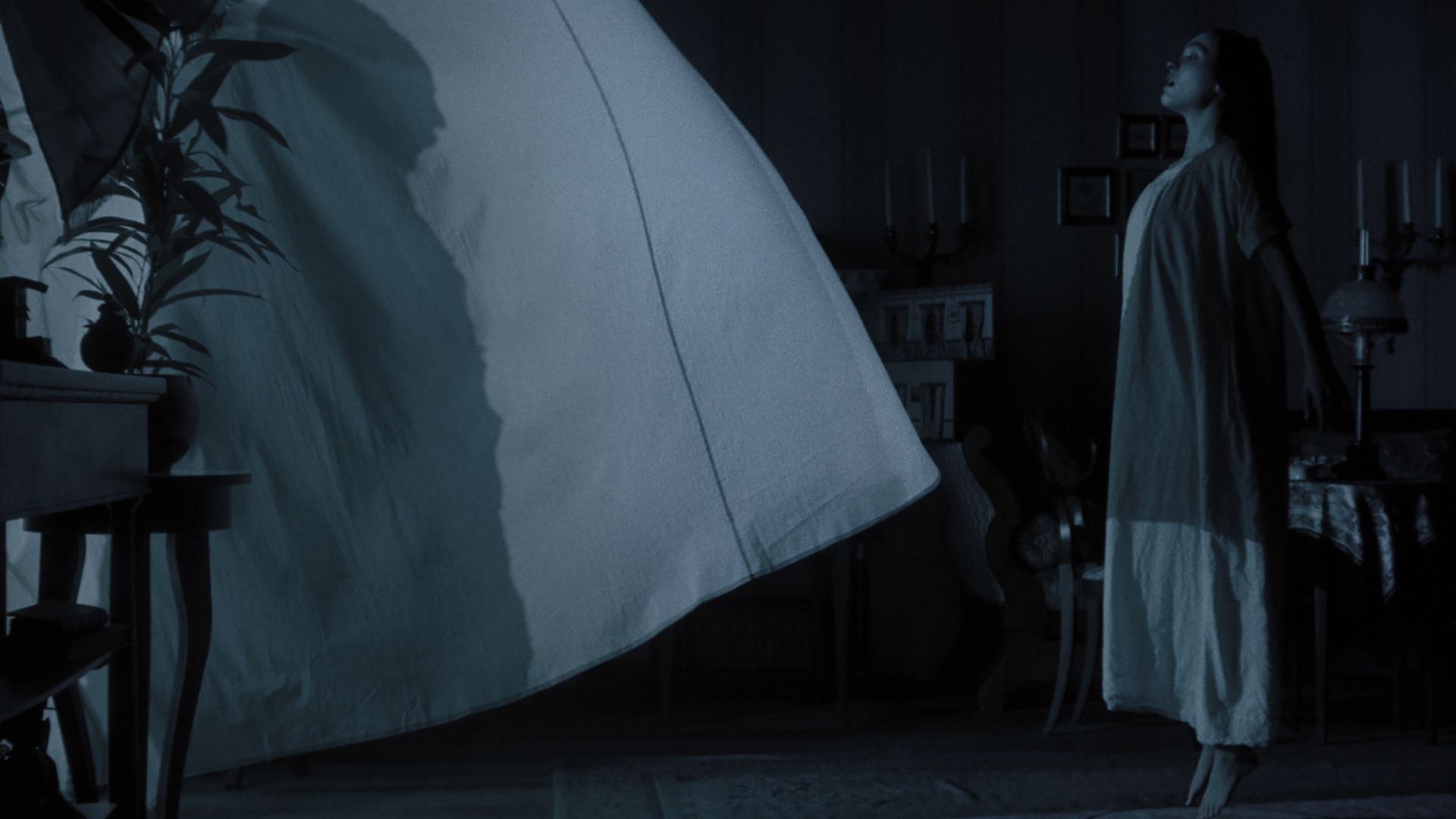
In this day and age, horror is quite a difficult genre to execute. It’s almost difficult to get a good scare from your audience, especially if they are hardened horror fans, or a film is relying on campy tropes or cheap jumpscares. What sets this move apart from the rest of the recent vampire movies – if not horror films in general – is the atmosphere. The film methodically takes its time in exploring Victorian Germany, instilling the idea of safety and modernity into the audience and in the characters, before tossing both into the wild woodlands where Orlok thrives.
Eggers’ masterful dedication to time periods, language, history, acting, cinematography, imagery, and depth is evident in “Nosferatu.” The soundtrack enhances the horror depicted in the movie, and is a wonderful addition to the picture itself. Every cast member gives an outstanding performance in this eerie story, leaving their mark with brilliantly-written dialogue that is both comprehensible and period-appropriate, something that only a glamorous A-list cast can accomplish.
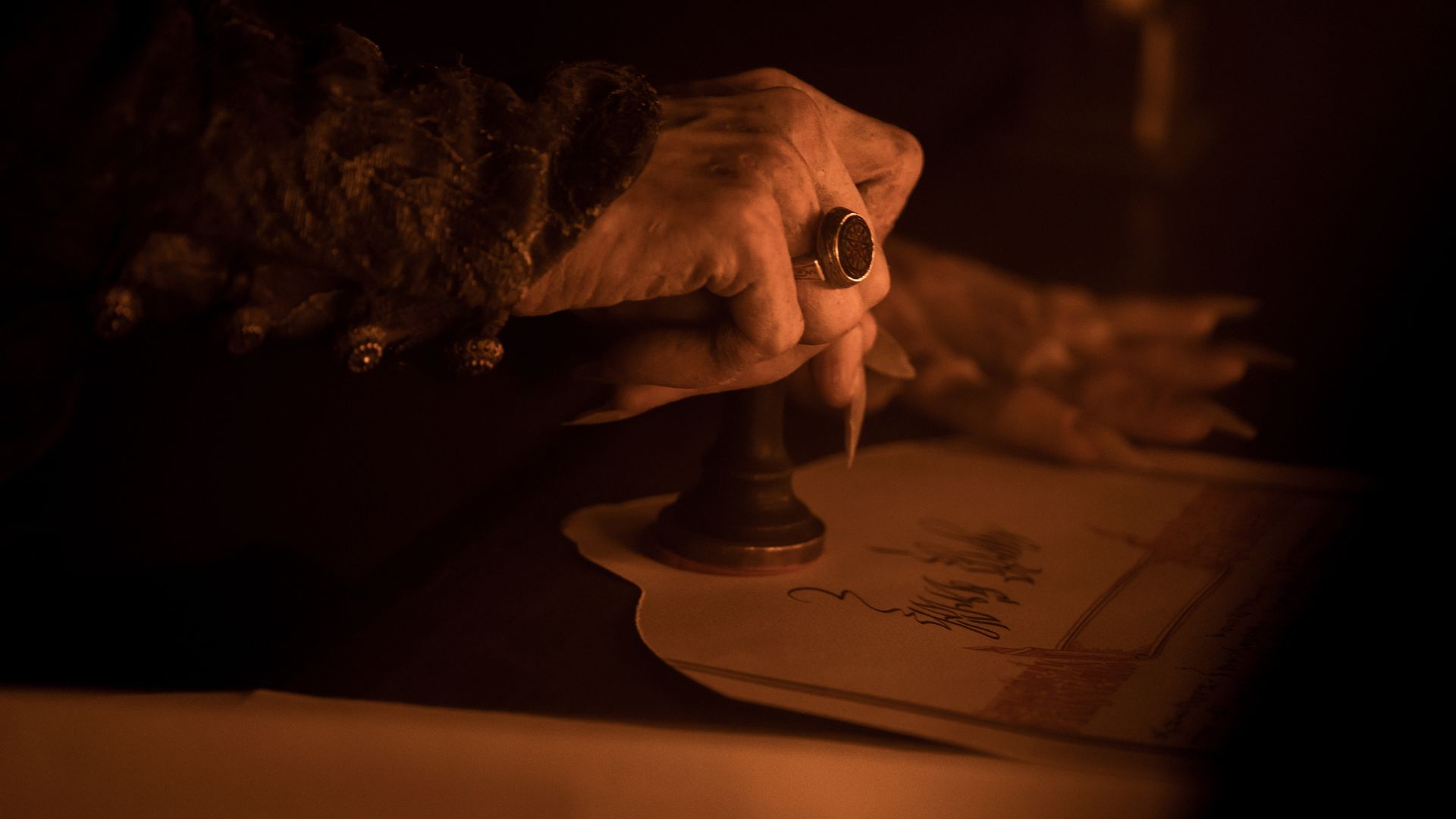
One of the key aspects of Orlok in this film is that he is more than just a vampire — he is a force of nature — something that Eggers takes time to explore. Wherever he goes, decay and madness follow; his presence alone is enough to shake the status quo. Just by arriving in the small German town where Ellen and Thomas live, he spreads the plague and forces many people’s thinking capacity to regress back to the Dark Ages. Simply interacting with the titular vampire is enough to instill fear and madness in people, something that is only possible through Bill Skarsgård’s acting.
Known for his portrayal of demonic clowns and fiendish villains, Skarsgård is no stranger to playing the monstrous role and is, in fact, one of the strong points of the film. His portrayal of Nosferatu is so jarring that you’d never know it was him under that practical makeup, until the credits roll. Of course, since Orlok is of noble descent, he is still able to carry the character with the finesse fitting of a gothic vampire, and making him the focal point of the film.

He is contrasted with Nicholas Hoult, Lily-Rose Depp, Aaron Taylor-Johnson, Emma Corrin, Ralph Ineson, and Willem Dafoe’s performances; this collective lot, despite their bickering and different beliefs, are forced to band together to defeat the otherworldly threat. Each of them is stunning in their own regards; Depp is able to blend horror and ecstasy as she is being pleasured by the vampire; Hoult is able to perfectly portray a confident man’s slow fall into fear and madness; Taylor-Johnson’s performance deserves a lot of respect as well, as he may not be as understanding of Ellen’s plight as Corrin’s character, but he is still a loving man who prioritises wife and daughters above all else.
Another beautiful point is the film’s cinematography. The movie plays around with various characters kilometres apart, but a hauntingly beautiful aspect is that, with a few well-placed cuts, “Nosferatu” is able to tell an extraordinary story through camerawork alone. A prime example of this is when Thomas is in Orlok’s castle; we never really know if the attacks that are happening to him are just a dream, if they’re real, or a mix of both. Another is when Thomas and Ellen are simultaneously attacked by Nosferatu; the transition between the scenes is so flawless it is as if the two events are taking place in the same space, further bolstering the idea of the vampire’s demonic powers and how much of a beast he is, literally.
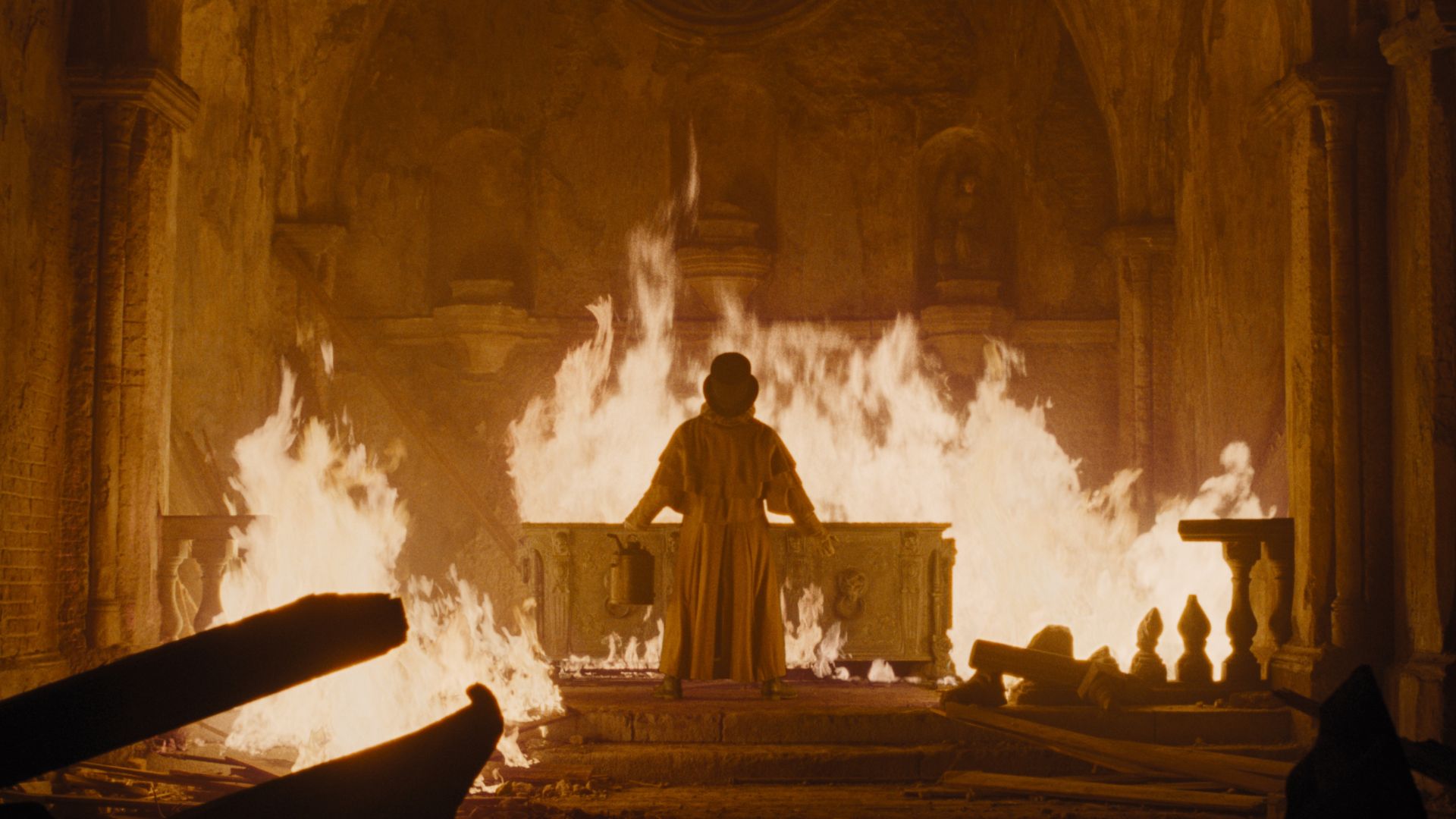
Despite this star-studded cast, the film never really manages to scare us, to say the least. It manages to unnerve us, sure, but it never makes it past that. It’s nothing like Eggers’ previous work, “The Lighthouse”, where we are stuck with a sense of confusion and dread. Furthermore, some characters, such as Taylor-Johnson’s Friedrich and Corrin’s Anna, are nothing more than wallflowers, just there to help carry the narrative along. They are quite likeable all the same, so they somewhat get a pass.
Another thing that viewers have difficulty reconciling with is the sudden de-escalation from the climax. You can describe the film as one of ever-increasing and ever-intensifying rising action, slowly building up to the climax. And for a good nine-tenths of the film, that is true, until the climax itself, where it sort of falls apart. There is no vicious final battle, no nail-biting close call; it simply ends with a whimper, something that feels nothing short of a letdown. You can argue that that is the point, as there is nothing the heroes can do to stop such a force of nature, but it still feels off-putting, especially with all that buildup.
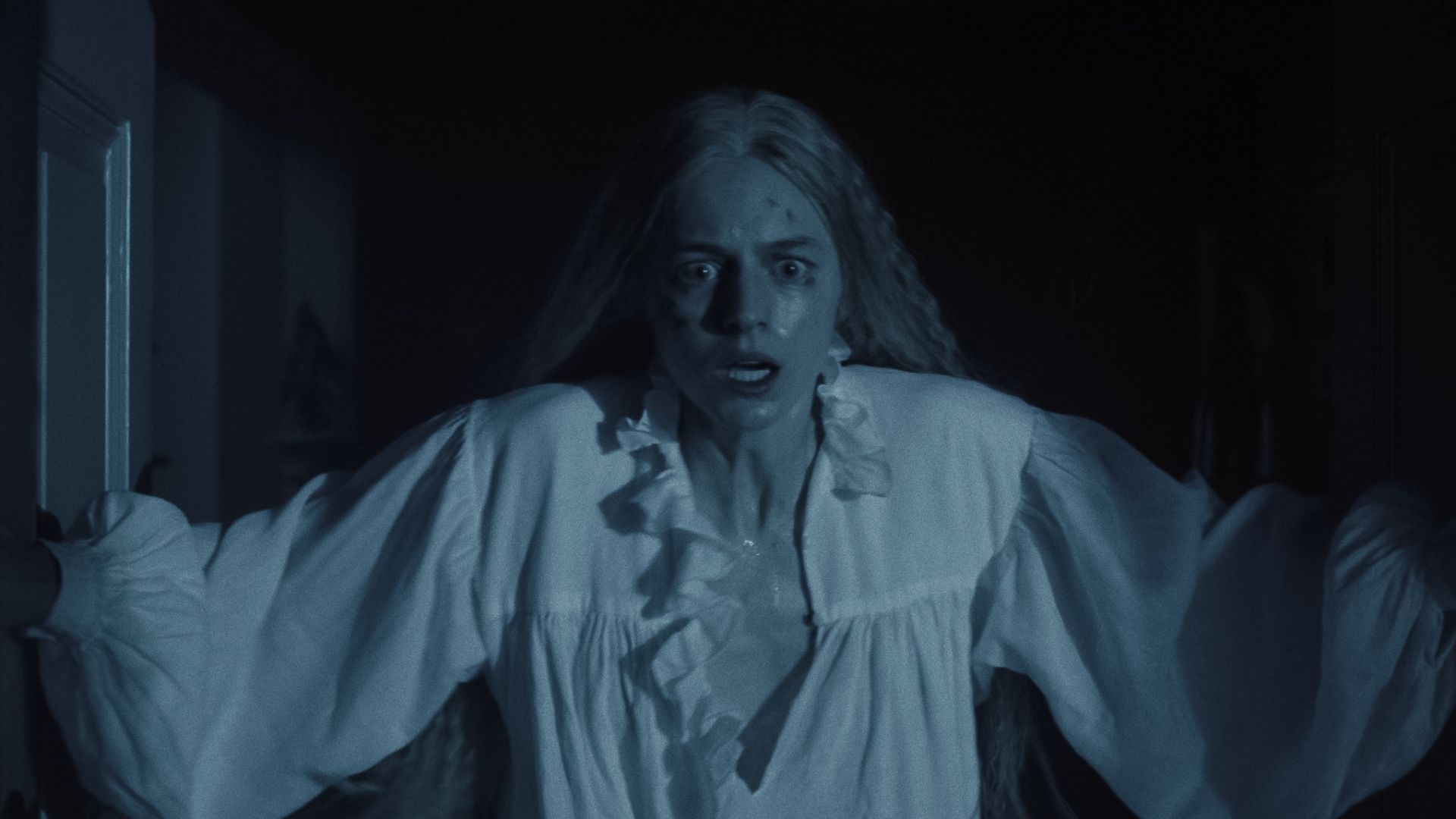
“Nosferatu” is a chillingly-beautiful film, packed to the gills with accurate depictions of 1800s Germany, brought to life by exceptional actors and actresses, with the best depiction of the iconic vampire to date. Although it is a thrilling ride from beginning to end, we cannot help but notice that despite its bluster, it still has some shortcomings, particularly the conclusion, where all the buildup is thrown out of the window.

“Nosferatu” will be in cinemas nationwide on 27th February.
The Review
Nosferatu
“Nosferatu” is a chillingly beautiful film, packed to the gills with accurate depictions of 1800s Germany, that was brought to life by exceptional actors and actresses, with the best depiction of the iconic vampire to date. Although it is a thrilling ride from beginning to end, we can not help but notice that despite its bluster, it still had some shortcomings, particularly the conclusion where all the buildup was thrown out of the window.
Review Breakdown
- Nosferatu


